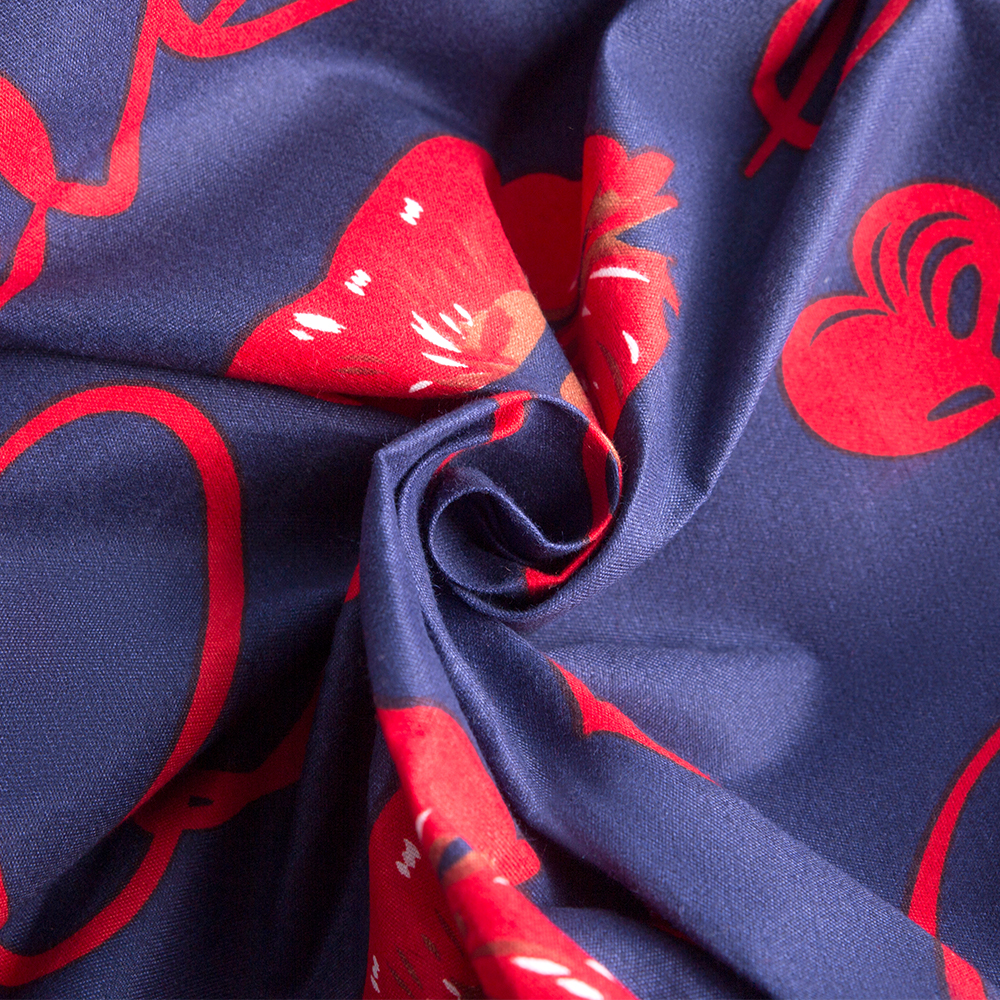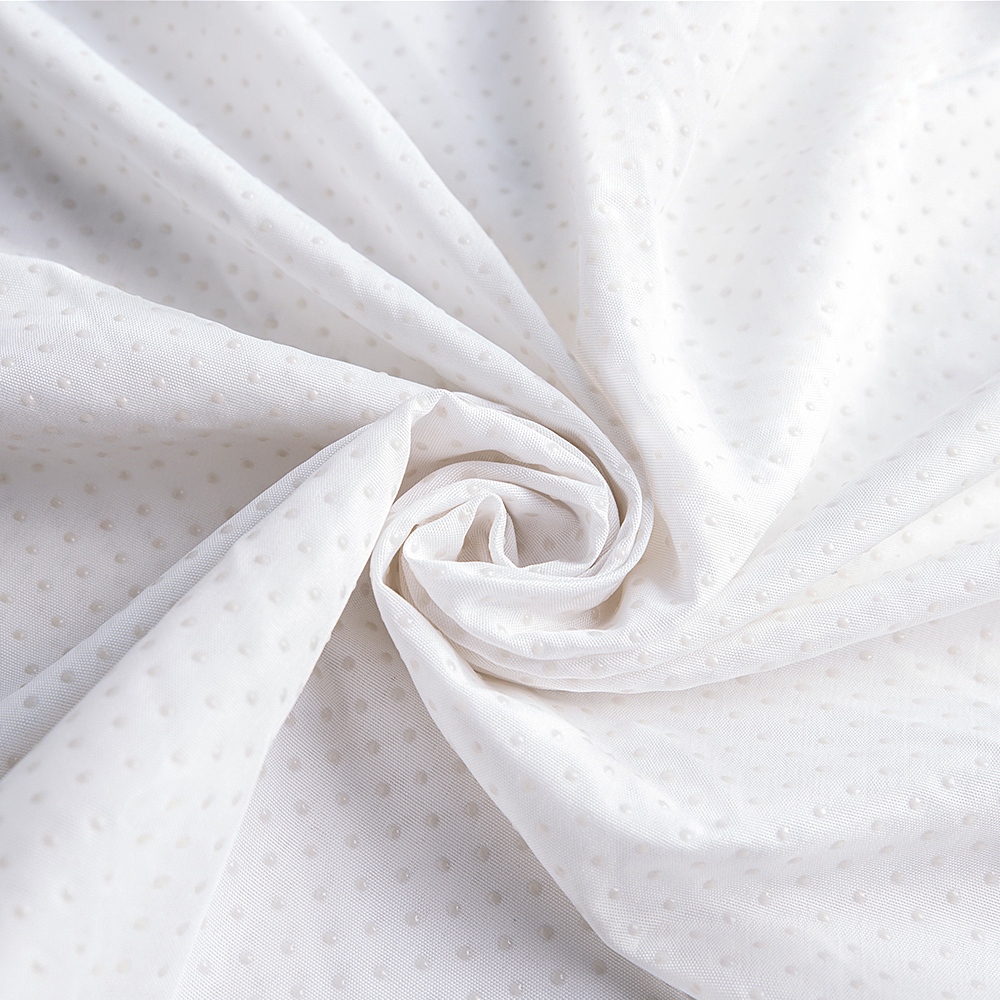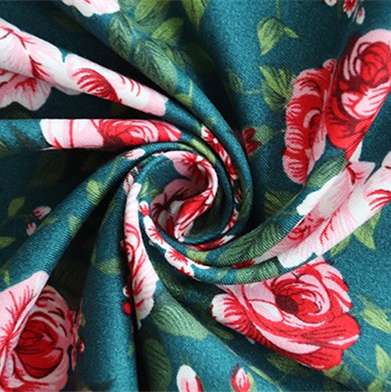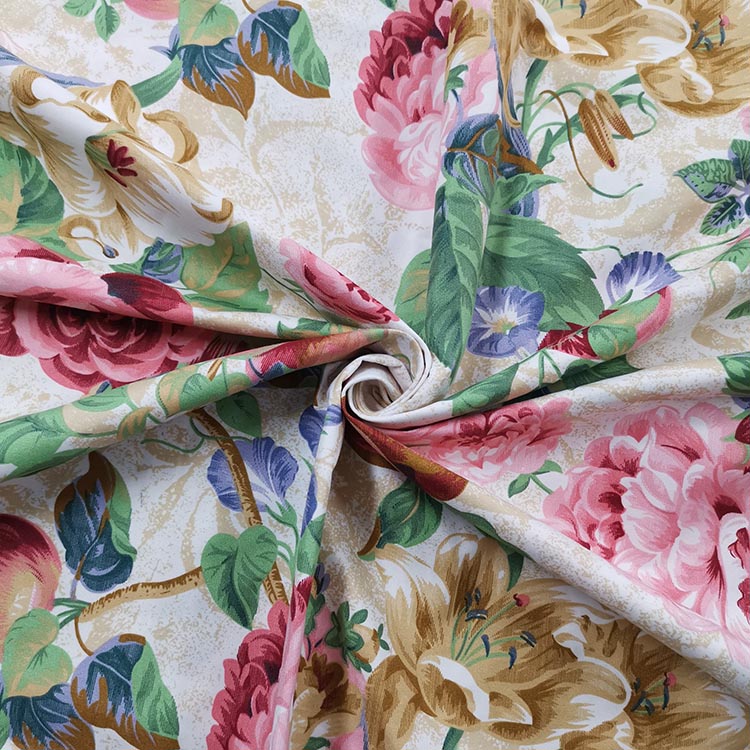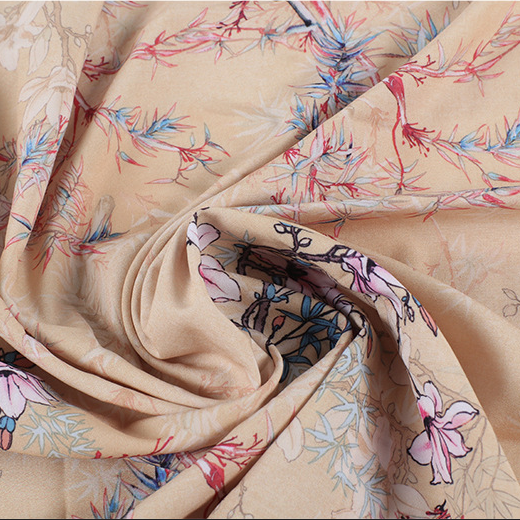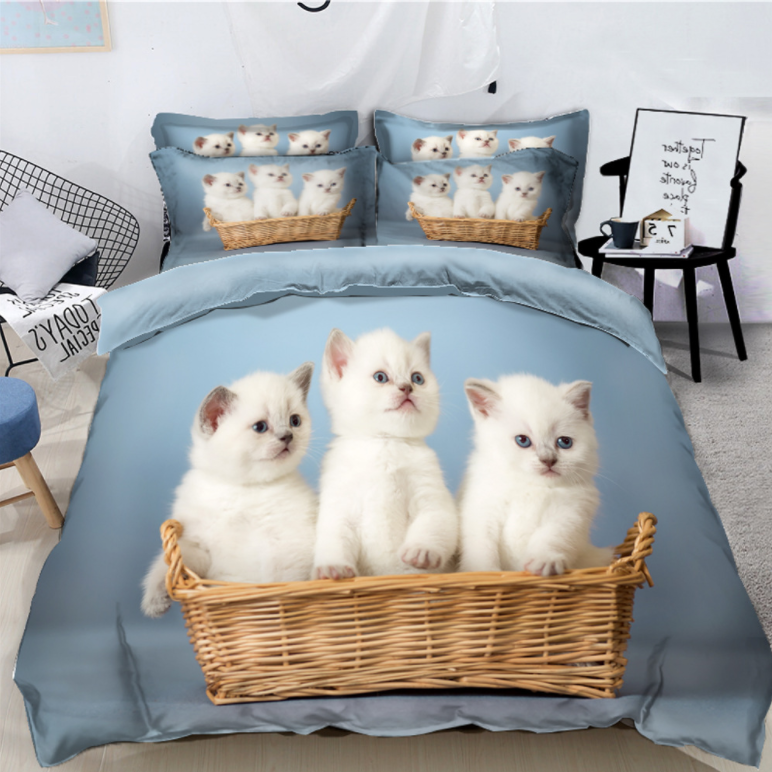Polyester microfiber dyed fabric has become increasingly popular across the textile industry due to its versatility, durability, and cost-effectiveness. But for consumers and manufacturers alike, two of the most common concerns are: Is it soft? And more importantly, is it breathable? These properties significantly impact comfort, usability, and application in everything from clothing to home furnishings.
What Is Polyester Microfiber Dyed Fabric?
Polyester microfiber dyed fabric is made from ultra-fine polyester fibers, usually less than one denier in diameter, which are woven into a smooth, soft textile. These fibers are often solution dyed or piece dyed, ensuring long-lasting colorfastness and vibrant shades. Microfiber can be finished in various ways—brushed, sueded, or treated—to enhance texture, moisture control, and aesthetic appeal.
Is Polyester Microfiber Dyed Fabric Soft?
Yes, It Is Exceptionally Soft
One of the key advantages of microfiber is its silky-smooth surface. Thanks to the extremely fine diameter of the fibers, polyester microfiber dyed fabric can feel even softer than cotton or silk when finished correctly. This softness makes it ideal for applications such as:
Bedding (sheets, pillowcases, comforters)
Clothing (activewear, intimates, loungewear)
Upholstery and furniture covers
Cleaning cloths and towels
Brushed microfiber in particular offers a peach-skin texture that enhances comfort and makes the fabric pleasant against the skin. This tactile advantage contributes to its widespread use in products where comfort is critical.
Is Polyester Microfiber Dyed Fabric Breathable?
Breathability: Moderate, Depends on Weave and Finish
While microfiber fabric can offer a level of breathability, it is generally less breathable than natural fibers like cotton or linen. This is primarily due to the tightly woven structure of polyester microfiber, which:
Limits air circulation
Enhances insulation, making it better at retaining warmth
Improves moisture-wicking, helping sweat evaporate more quickly
However, advanced dyeing and weaving techniques have improved the breathability of microfiber fabrics. For example:
Moisture-wicking microfiber sportswear is designed with mesh or open-weave structures for improved airflow.
Double-brushed or perforated microfiber can offer a more breathable texture for warmer climates or high-performance use.
So, while it may not match the natural ventilation of cotton, polyester microfiber dyed fabric does breathe to a functional degree, especially when engineered with breathability in mind.
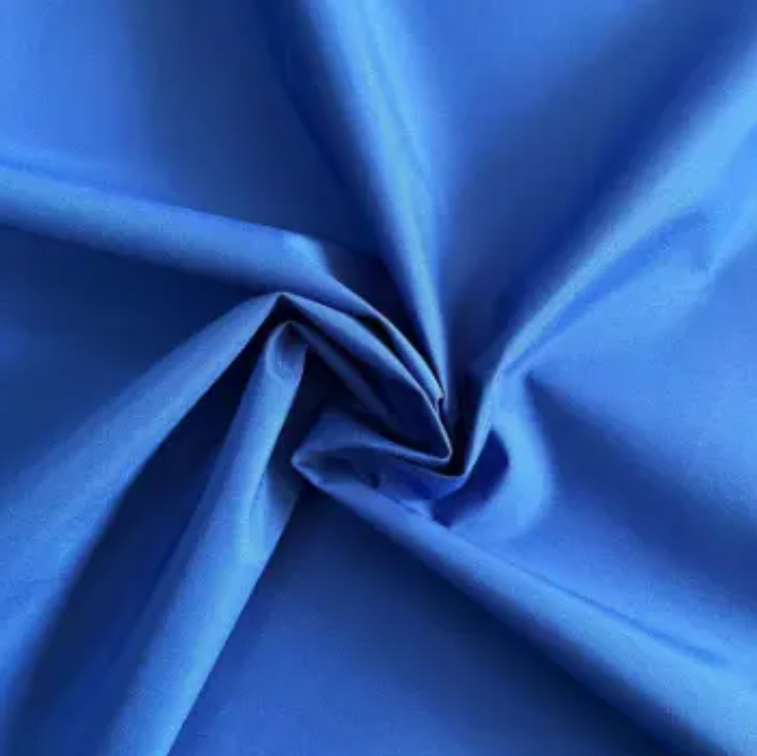
Key Benefits of Polyester Microfiber Dyed Fabric
Color Retention: Dyed microfiber is highly resistant to fading due to the synthetic nature of polyester and the effectiveness of dye bonding.
Durability: It resists stretching, shrinking, and wrinkling better than many natural fibers.
Quick Drying: Microfiber dries faster than cotton, making it ideal for travel or sportswear.
Easy Maintenance: It resists stains and requires less detergent during washing.
Lightweight: Despite its strength, it feels light on the skin.
Applications That Benefit from Softness and Moderate Breathability
Hotel and hospitality linens: Soft to the touch and easy to care for.
Athleisure and activewear: Moisture-wicking and comfortable during physical activity.
Home décor: Cushions, curtains, and sofa covers that look great and feel smooth.
Microfiber cleaning products: Gentle on surfaces yet highly absorbent.
If you’re looking for a fabric that combines silky softness, decent breathability, easy maintenance, and strong color retention, polyester microfiber dyed fabric is a great choice. While it may not breathe as well as cotton, advancements in fabric engineering have made it a comfortable and practical option for everything from bed linens to technical sportswear.
Whether it’s used in fashion, furniture, or functional textiles, polyester microfiber dyed fabric offers a balance of comfort, performance, and longevity—making it a smart option in today’s fast-evolving fabric landscape.





 English
English
 中文简体
中文简体

